President Donald Trump has issued a new Executive Order that launches the “Genesis Mission,” an AI-focused initiative that aims to make the “most complex and powerful scientific instrument ever built.”



Recent breakthroughs in protein structure prediction have opened new avenues for genome-wide drug discovery, yet existing virtual screening methods remain computationally prohibitive. We present DrugCLIP, a contrastive learning framework that achieves ultrafast and accurate virtual screening, up to 10 million times faster than docking, while consistently outperforming various baselines on in silico benchmarks. In wet-lab validations, DrugCLIP achieved a 15% hit rate for norepinephrine transporter, and structures of two identified inhibitors were determined in complex with the target protein. For thyroid hormone receptor interactor 12, a target that lacks holo structures and small-molecule binders, DrugCLIP achieved a 17.5% hit rate using only AlphaFold2-predicted structures.
DeepSeek V4 to challenge OpenAI GPT and Anthropic Claude with coding breakthroughs
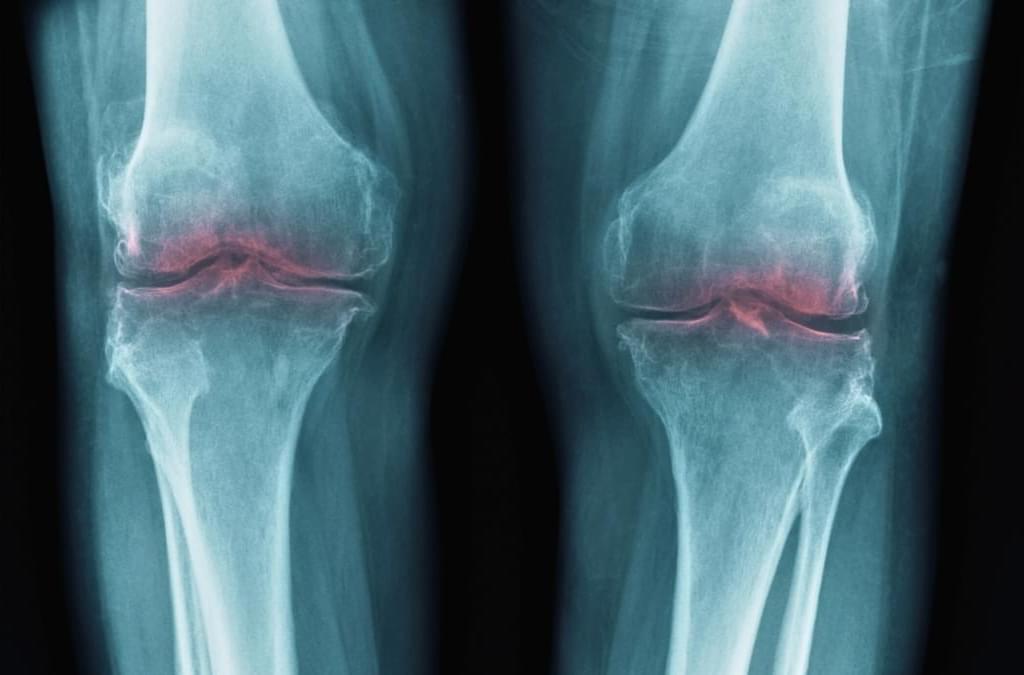
A study in mice by researchers from Stanford University has traced the loss of cartilage that comes with aging to a single protein, pointing to treatments that may one day restore mobility and ease discomfort in seniors.
The protein 15-PGDH has previously been extensively linked to aging: it becomes more abundant as we get older, and interferes with the molecules that repair tissue and reduce inflammation.
That led scientists to consider whether 15-PGDH might be involved in osteoarthritis, where stress on joints leads to the breakdown of collagen in cartilage, causing inflammation and pain.
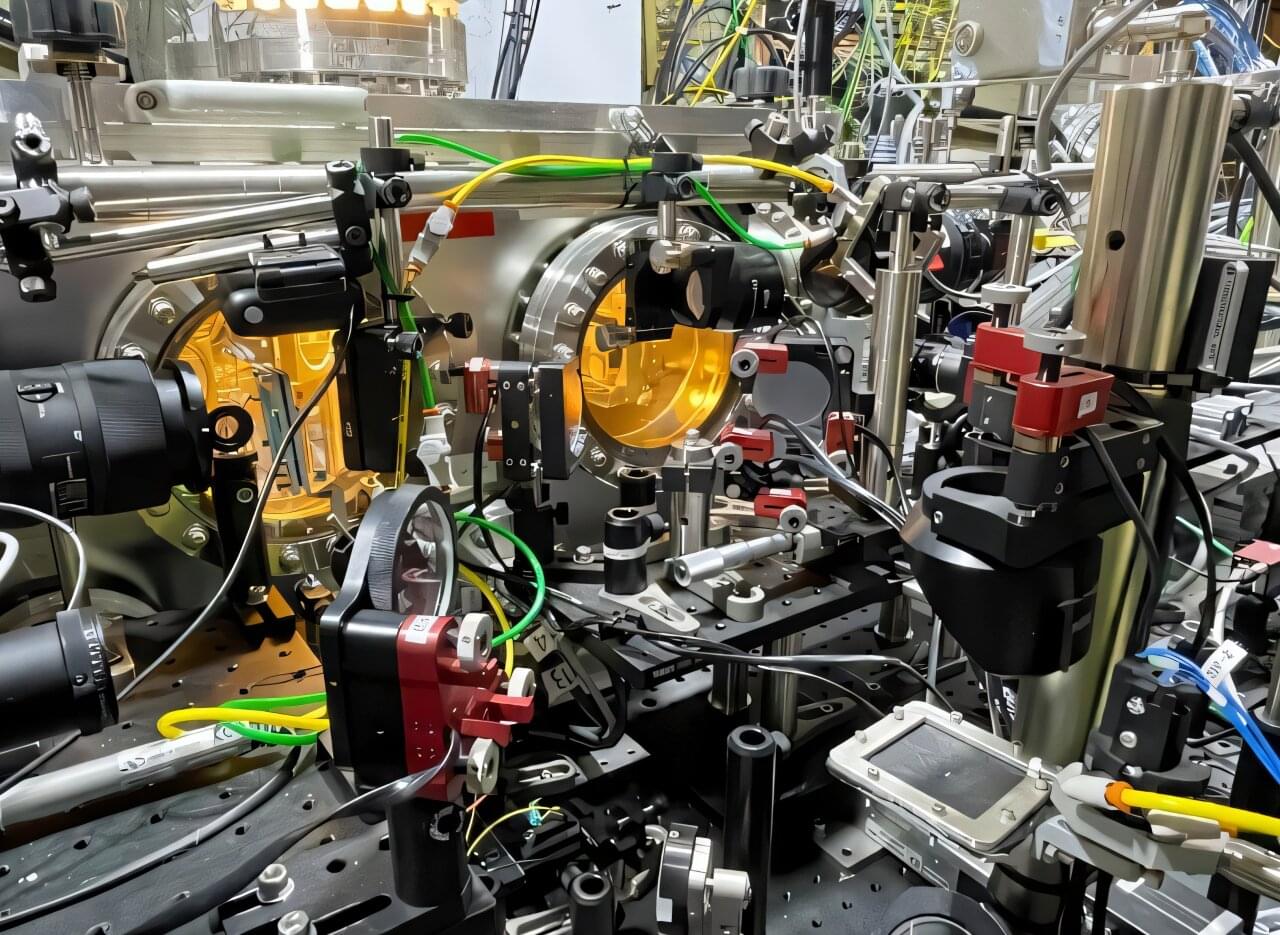
Researchers from the Department of Energy’s SLAC National Accelerator Laboratory and the University of California, Los Angeles (UCLA), have designed innovative technology that can generate both high-energy and high-brightness electron bunches in an accelerator that is a fraction of the size of current particle accelerators.
This breakthrough has the potential to shrink the size of future particle colliders and X-ray free-electron lasers that researchers use to gain insight into nature’s fundamental building blocks and processes.
In the new study, the UCLA-led team developed a novel plasma wakefield accelerator (PWFA), in which electrons gain energy by “surfing” a plasma wave rather than drawing energy from the electromagnetic field inside metal structures of conventional accelerators.

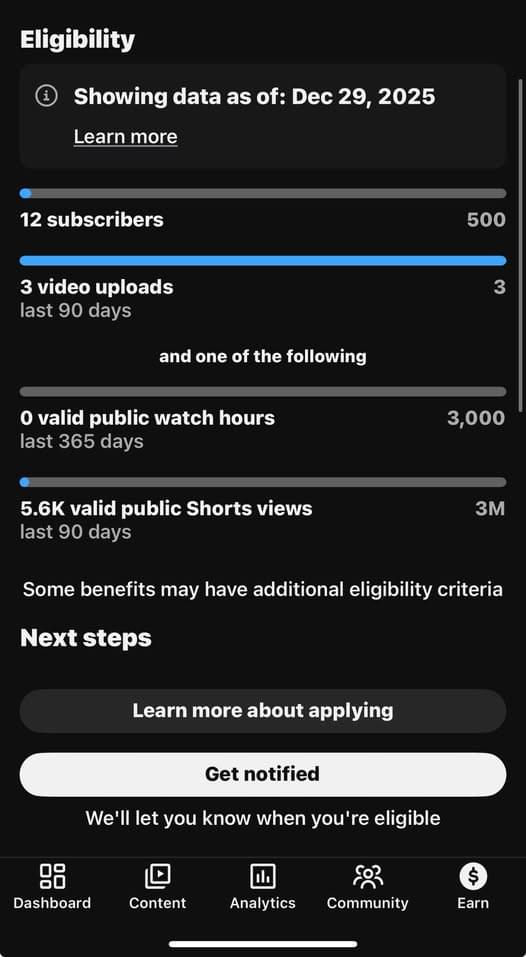
[Progress, Potential, And Possibilities](https://www.facebook.com/ProgressPotentialAndPossibilities?__cft__[0]=AZYVuHhcb5n7bqZdmfQBxr_tiAiDFasAZLqhw71SwU5nZcmbevE3cnxoY6iBR7bRinYNQgVesfuBa464eN1k_jqEKOV3E1lRNCOnFHC_7wYNudnj48FSuBNlCN20WLNzX6QZL5z3v5gtQ5iuS44avZBB86vSCz7l5fN7ndE4b4ZMxkrXYb1JG3nplhBAgZblsjU&__tn__=-]K-R) crossed 20,000 subscribers! — Come join us & enjoy all of our fascinating guests who are creating a better tomorrow in 2026!!! [#IraPastor](https://www.facebook.com/hashtag/irapastor?__eep__=6&__cft__[0]=AZYVuHhcb5n7bqZdmfQBxr_tiAiDFasAZLqhw71SwU5nZcmbevE3cnxoY6iBR7bRinYNQgVesfuBa464eN1k_jqEKOV3E1lRNCOnFHC_7wYNudnj48FSuBNlCN20WLNzX6QZL5z3v5gtQ5iuS44avZBB86vSCz7l5fN7ndE4b4ZMxkrXYb1JG3nplhBAgZblsjU&__tn__=*NK-R) [#Podcast](https://www.facebook.com/hashtag/podcast?__eep__=6&__cft__[0]=AZYVuHhcb5n7bqZdmfQBxr_tiAiDFasAZLqhw71SwU5nZcmbevE3cnxoY6iBR7bRinYNQgVesfuBa464eN1k_jqEKOV3E1lRNCOnFHC_7wYNudnj48FSuBNlCN20WLNzX6QZL5z3v5gtQ5iuS44avZBB86vSCz7l5fN7ndE4b4ZMxkrXYb1JG3nplhBAgZblsjU&__tn__=*NK-R) [#STEM](https://www.facebook.com/hashtag/stem?__eep__=6&__cft__[0]=AZYVuHhcb5n7bqZdmfQBxr_tiAiDFasAZLqhw71SwU5nZcmbevE3cnxoY6iBR7bRinYNQgVesfuBa464eN1k_jqEKOV3E1lRNCOnFHC_7wYNudnj48FSuBNlCN20WLNzX6QZL5z3v5gtQ5iuS44avZBB86vSCz7l5fN7ndE4b4ZMxkrXYb1JG3nplhBAgZblsjU&__tn__=*NK-R) [#Innovation](https://www.facebook.com/hashtag/innovation?__eep__=6&__cft__[0]=AZYVuHhcb5n7bqZdmfQBxr_tiAiDFasAZLqhw71SwU5nZcmbevE3cnxoY6iBR7bRinYNQgVesfuBa464eN1k_jqEKOV3E1lRNCOnFHC_7wYNudnj48FSuBNlCN20WLNzX6QZL5z3v5gtQ5iuS44avZBB86vSCz7l5fN7ndE4b4ZMxkrXYb1JG3nplhBAgZblsjU&__tn__=*NK-R) [#Technology](https://www.facebook.com/hashtag/technology?__eep__=6&__cft__[0]=AZYVuHhcb5n7bqZdmfQBxr_tiAiDFasAZLqhw71SwU5nZcmbevE3cnxoY6iBR7bRinYNQgVesfuBa464eN1k_jqEKOV3E1lRNCOnFHC_7wYNudnj48FSuBNlCN20WLNzX6QZL5z3v5gtQ5iuS44avZBB86vSCz7l5fN7ndE4b4ZMxkrXYb1JG3nplhBAgZblsjU&__tn__=*NK-R) [#Science](https://www.facebook.com/hashtag/science?__eep__=6&__cft__[0]=AZYVuHhcb5n7bqZdmfQBxr_tiAiDFasAZLqhw71SwU5nZcmbevE3cnxoY6iBR7bRinYNQgVesfuBa464eN1k_jqEKOV3E1lRNCOnFHC_7wYNudnj48FSuBNlCN20WLNzX6QZL5z3v5gtQ5iuS44avZBB86vSCz7l5fN7ndE4b4ZMxkrXYb1JG3nplhBAgZblsjU&__tn__=*NK-R) [#Research](https://www.facebook.com/hashtag/research?__eep__=6&__cft__[0]=AZYVuHhcb5n7bqZdmfQBxr_tiAiDFasAZLqhw71SwU5nZcmbevE3cnxoY6iBR7bRinYNQgVesfuBa464eN1k_jqEKOV3E1lRNCOnFHC_7wYNudnj48FSuBNlCN20WLNzX6QZL5z3v5gtQ5iuS44avZBB86vSCz7l5fN7ndE4b4ZMxkrXYb1JG3nplhBAgZblsjU&__tn__=*NK-R)
探索 Facebook 上的 #youtubechannel

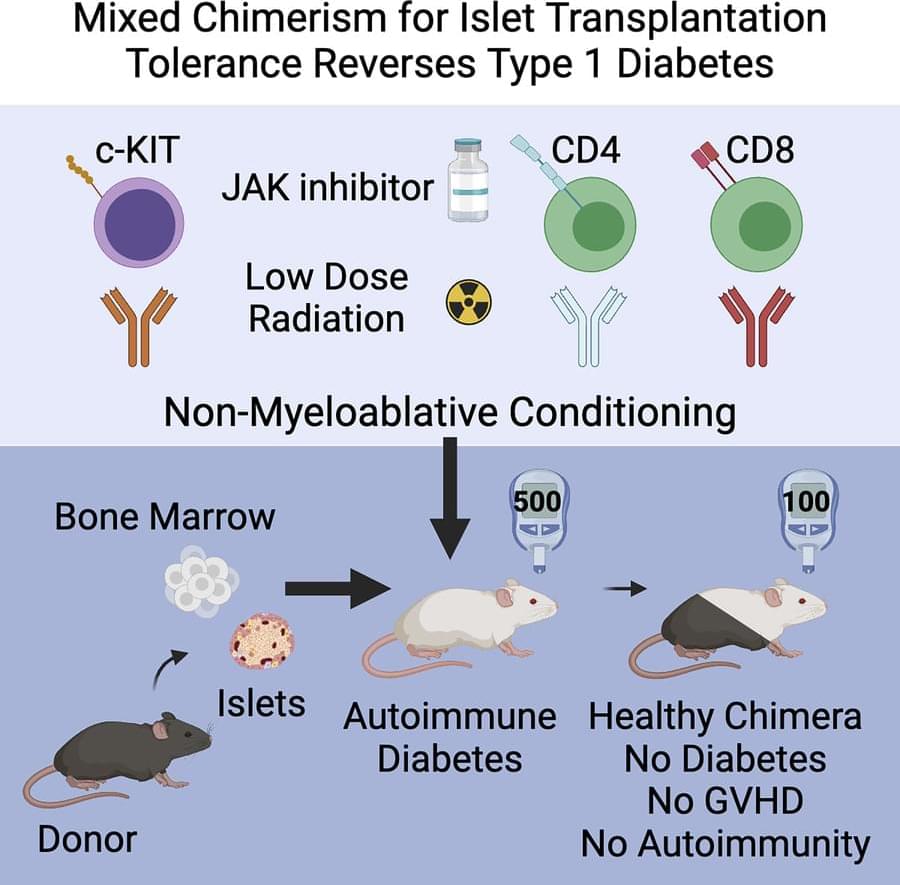
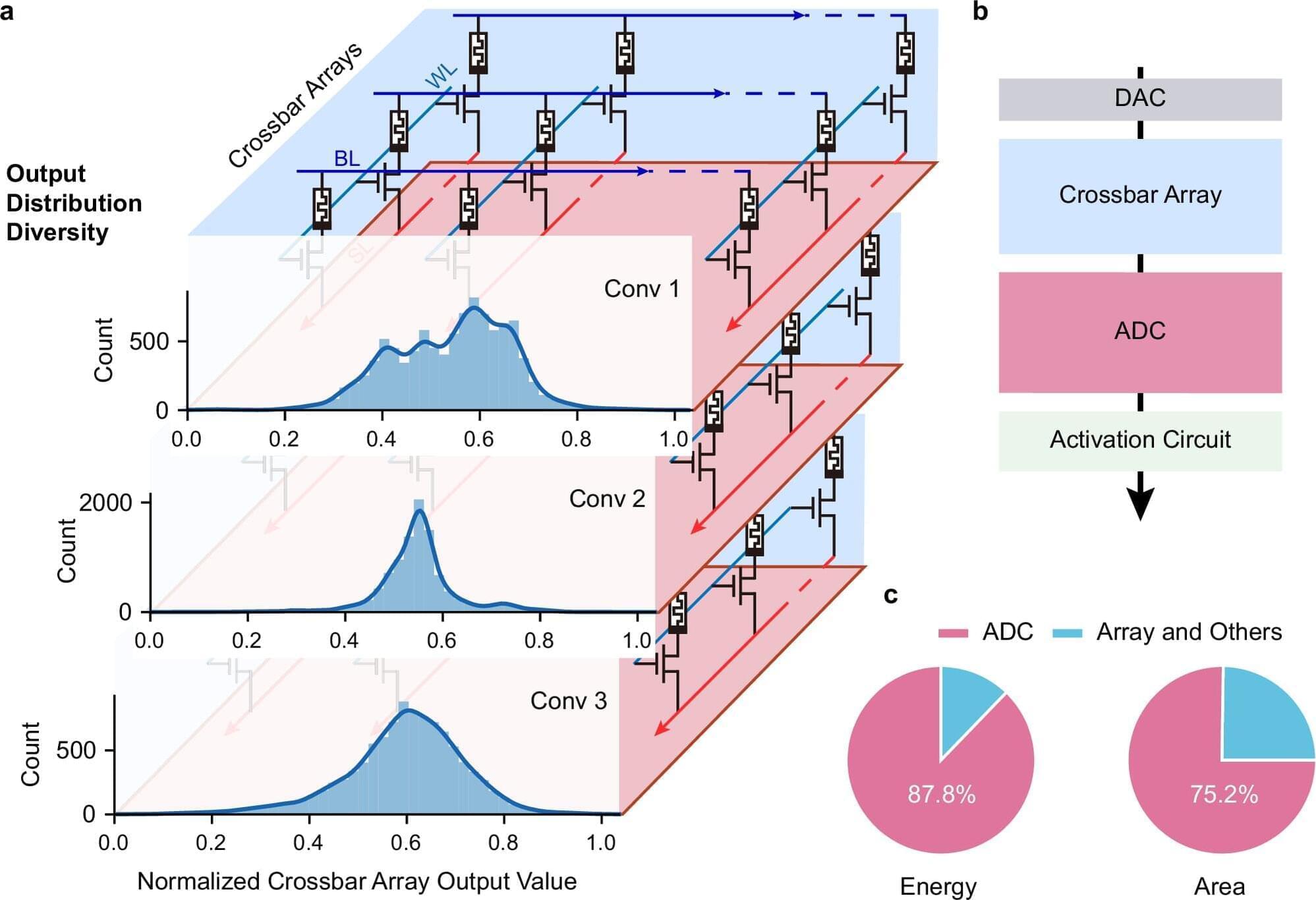
A cross-institutional team led by researchers from the Department of Electrical and Electronic Engineering (EEE), under the Faculty of Engineering at The University of Hong Kong (HKU), have achieved a major breakthrough in the field of artificial intelligence (AI) hardware by developing a new type of analog-to-digital converter (ADC) that uses innovative memristor technology. The work is published in Nature Communications.
Challenges with conventional AI hardware Conventional AI accelerators face challenges because the essential components that convert analog signals into digital form are often bulky and power-consuming. Led by Professor Ngai Wong, Professor Can Li and Dr. Zhengwu Liu of HKU EEE, in collaboration with researchers from Xidian University and the Hong Kong University of Science and Technology, the cross-disciplinary research team developed a new type of ADC that uses innovative memristor technology. This new converter can process signals more efficiently and accurately, paving the way for faster, more energy-efficient AI chips.
Adaptive system and efficiency gains The research team created an adaptive system that automatically adjusts its settings based on the data it receives, i.e., dynamically fine-tuning how signals are converted. This results in a 15.1× improvement in energy efficiency and a 12.9× reduction in circuit area compared with state-of-the-art solutions.